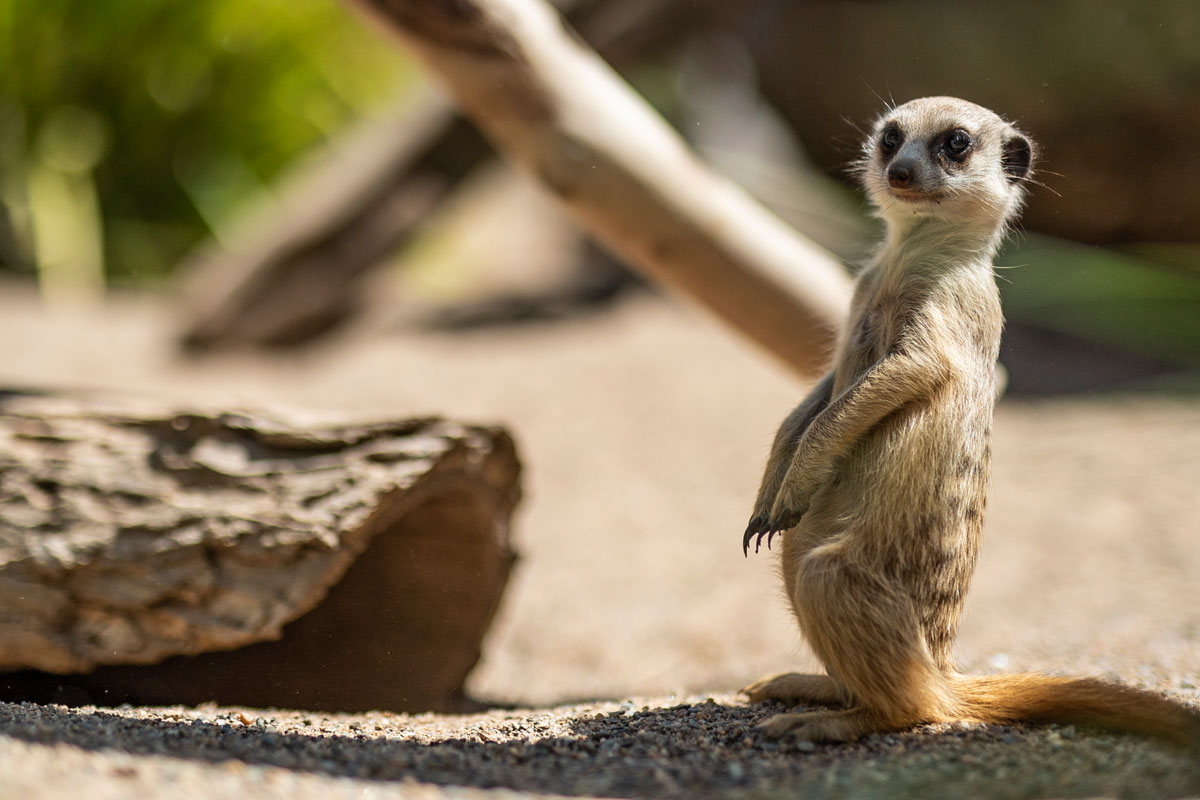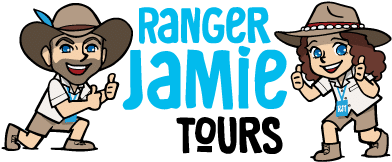Living World (Symbio Wildlife Park)

Science
Syllabus Outcomes SC4-14LW SC4-15LW
$29.00
1x Teacher free per x15 students (Yr 7-10)
$38.00 per additional Teacher/Parent
+GST. As this program is an educational service, all GST charged can be reimbursed in its entirety by the Government. This price excludes transport. (Minimum charge of x35 students).
About
Join us for an exhilarating excursion to Symbio Wildlife Park, where students will connect with the animal kingdom and gain hands-on experience in wildlife conservation. This action-packed day includes observing animals in custom habitats and exploring the roles of Wildlife Parks and scientists in conservation, with real-world case studies of successful breeding programs.
Syllabus Outcomes Addressed
SC4-14LW relates the structure and function of living things to their classification, survival and reproduction
SC4-15LW explains how new biological evidence changes people’s understanding of the world

Arrive/Depart
Full Day Excursion (4 Hours) 10am – 2pm
Time allocation for excursions can be tailored and adjusted to suit your individual school timetable and scheduling.
Bus Drop Off / Pick Up Location
Bus Drop Off Location
10am at Symbio Wildlife Park 7-11 Lawrence Hargrave Dr, HELENSBURGH NSW 2508 (bus to pull into car park outside entrance)
Bus Pick Up Location
2pm at Symbio Wildlife Park 7-11 Lawrence Hargrave Dr, HELENSBURGH NSW 2508 (bus to pull into car park outside entrance)
Transport
Would you like our help with transport? We can suggest a range of transport providers to help source and book a transport quote for you! We would highly recommend that you book directly through the transport providers.
Please be aware that we provide transport quotes as a service to help make your booking process easier for you. Transport companies are in no way affiliated with Ranger Jamie Tours.
What's Included
 |
 |
Syllabus Content Focus
LW1 There are differences within and between groups of organisms; classification helps organise this diversity. (ACSSU111)
Students:
- Identify reasons for classifying living things
- Classify a variety of living things based on similarities and differences in structural features
- Use simple keys to identify a range of plants and animals
- Identify some examples of groups of micro-organisms
- Outline the structural features used to group living things, including plants, animals, fungi and bacteria
- Explain how the features of some Australian plants and animals are adaptations for survival and reproduction in their environment
LW2 Cells are the basic units of living things and have specialised structures and functions. (ACSSU149)
Students:
- Identify that living things are made of cells
- Outline the role of respiration in providing energy for the activities of cells
- Distinguish between unicellular and multicellular organisms
LW3 Multicellular organisms contain systems of organs that carry out specialised functions that enable them to survive and reproduce. (ACSSU150)
Students:
- Identify the materials required by multicellular organisms for the processes of respiration and photosynthesis
- Explain that the systems in multicellular organisms work together to provide cell requirements, including gases, nutrients and water, and to remove cell wastes
LW4 Scientific knowledge changes as new evidence becomes available, and some scientific discoveries have significantly changed people’s understanding of the world.(ACSHE119, ACSHE134)
Students:
- Research an example of how changes in scientific knowledge have contributed to finding a solution to a human health issue
- Recount how evidence from a scientific discovery has changed understanding and contributed to solving a real world problem, eg animal or plant disease, hygiene, food preservation, sewage treatment or biotechnology
- Describe, using examples, how developments in technology have contributed to finding solutions to a contemporary issue, eg organ transplantation, artificial joints/limbs, treatment for diabetes, asthma, kidney or heart disease
LW5 Science and technology contribute to finding solutions to conserving and managing sustainable ecosystems.
Students:
- Construct and interpret food chains and food webs, including examples from Australian ecosystems
- Describe interactions between organisms in food chains and food webs, including producers, consumers and decomposers (ACSSU112)
- Describe examples of beneficial and harmful effects that micro-organisms can have on living things and the environment
- Predict how human activities can affect interactions in food chains and food webs, including examples from Australian land or marine ecosystems(ACSSU112)
- Explain, using examples, how scientific evidence and/or technological developments contribute to developing solutions to manage the impact of natural events on Australian ecosystems
- Describe how scientific knowledge has influenced the development of practices in agriculture, eg animal husbandry
Additional content
Students:
- describe how people in occupations that involve the biological sciences use understanding and skills from across the disciplines of Science
- debate why society should support biological research
- classify, using a hierarchical system, a range of selected plants and animals to species level
Day Outline
| Excursion Duration 10am-2pm Arrival / Morning Tea in Amphitheatre / Toilet Break (approx. 20 minutes) |
|
| Introductory Presentation | The day kicks off with a meet and greet with our enthusiastic Rangers before enjoying your exclusive and interactive live animal presentation in the amphitheatre. (approx. 45 minutes) |
| Grouping: Students are divided into groups of approximately x 30 students and allocated a Ranger guide for each walk. | |
| Exotic Animals and Farmyard Walk | Students participate in this walk for approx. 50-60 minutes. Rangers will be stopping intermittently so that students will be able to complete the work book. |
| Lunch / Toilet Break (approx. 25 minutes) |
|
| Native Australian Reptiles and Animal Walk | Students participate in this walk for approx. 50-60 minutes. Your own private Ranger guide included. Rangers will be stopping intermittently so that students will be able to complete the work book. |
| Wrap Up / Conclusion / Toilet Break (approx. 20 minutes) |
|
Work Booklet Themes
- Identify differences within and between groups of organisms
- Classify living things based on structural features
- Use simple keys for identifying organisms
- Investigate how scientific research addresses real-world problems
- Predict the effects of human activities on food chain interactions
- Create field sketches and transect graphs
- Conduct quadrant assessment surveys on bio-indicators
- Analyse photographs and complete tables
- Create visual representations and mind maps
Activities
Introduction: The introduction to the Living World module features an engaging live animal presentation that captivates students and connects to the Stage 4 syllabus. Through close observation of various animals, students gain real-life examples of biodiversity and unique adaptations, reinforcing key topics such as the classification and adaptations of living things and their roles within ecosystems.
Exotic and Farmyard Animal Walk: The Exotic Animals and Farmyard Walk activity provides students with a hands-on exploration of biodiversity. By interacting with diverse exotic and domesticated animals, students enhance their understanding of classification, habitats, and ecological roles while emphasising sustainable agricultural practices. This engaging experience fosters curiosity and responsibility for the conservation of all living organisms.
Australian Reptiles and Animal Walk: The Australian Reptiles and Animal Walk focuses on Adaptation and threats to Native Australian Animal.
$29.00
1x Teacher free per x30 students (Yr 7-10)
$38.00 per additional Teacher/Parent
+GST. As this program is an educational service, all GST charged can be reimbursed in its entirety by the Government. This price excludes transport. (Minimum charge of x35 students).

Choose Your Date
Step 1 of 3
Please note this is a tentative booking. After your booking request is submitted, we will be in touch via email to confirm the requested date and arrange the final details for the booking.

